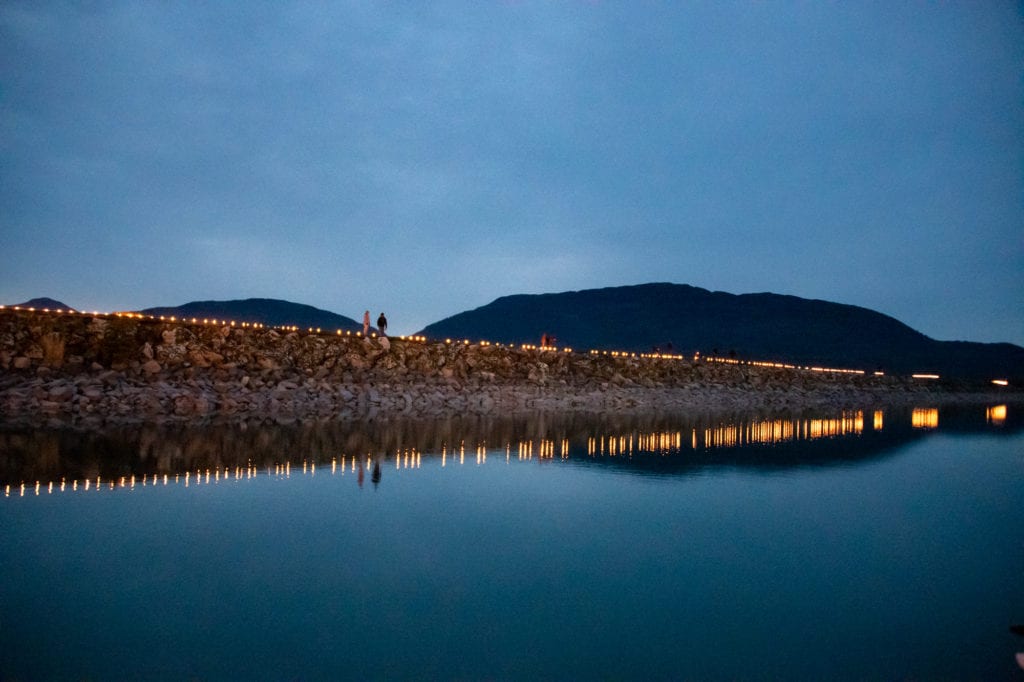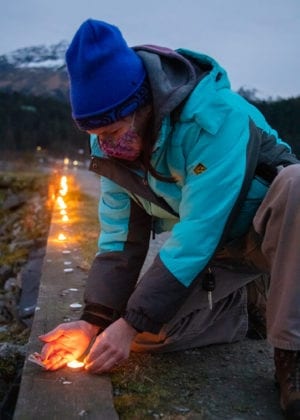
Friday, Oct. 23, volunteers lit 545 candles near Cordova Harbor as part of an art installation representing children who were separated from their parents after crossing the U.S.-Mexico border.
Court-appointed researchers have been unsuccessful in finding the parents of 545 of these children, far more than previously estimated, according to court documents filed earlier this month. Most of the parents were deported to Central American nations, and their children placed with sponsors in the U.S., according to Associated Press reports.
District Judge Dana Sabraw urged the Trump administration to do more to aid researchers in locating the missing parents. This work currently falls to a handful of researchers in Central America, Lee Gelernt, an attorney for the American Civil Liberties Union, told the AP. However, Gelernt said that foot-dragging by the administration has made it tougher to locate the parents. Coronavirus restrictions have also slowed search efforts.

“I hope that [the public] think about what the significance is that our government, our country, lost essentially 545 children of all ages at the border,” said artist Karl Becker, who organized the Cordova art installation. “That’s just unconscionable in an age when it would be a very simple thing to keep track of all of that, to make sure the kids and their families were either kept together or could be reunited easily.”
Though Becker was apprehensive that wind or rain might interfere with the installation, mild weather made lighting the 545 candles along the Cordova Harbor breakwater relatively easy. Through email, Becker was able to recruit about 20 volunteers, more than was necessary. This was the first art installation of its type that Becker had done, he said.
“I want [the public] to give some thought as to what it would be like if their children were taken from them, and what they would be willing to do to prevent that,” Becker said.














